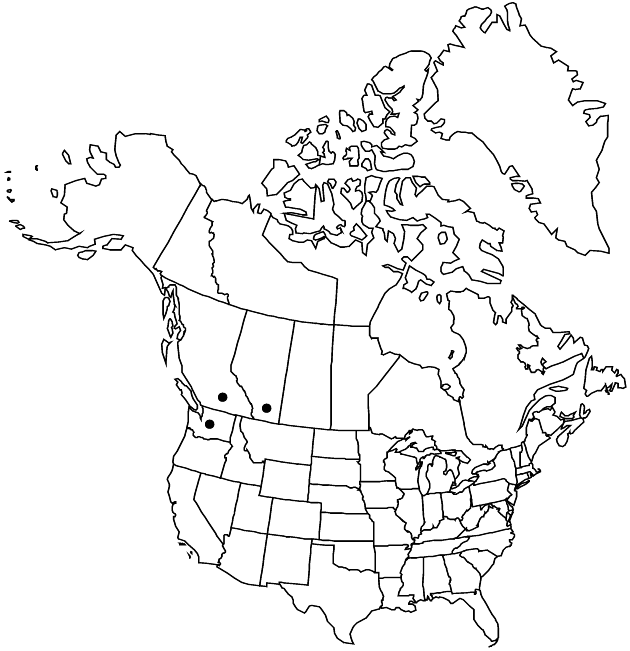Difference between revisions of "Erigeron aureus"
Pittonia 2: 1691891.
imported>Volume Importer |
imported>Volume Importer |
||
| Line 62: | Line 62: | ||
|publication year=1891 | |publication year=1891 | ||
|special status=Endemic | |special status=Endemic | ||
| − | |source xml=https:// | + | |source xml=https://bitbucket.org/aafc-mbb/fna-data-curation/src/2e0870ddd59836b60bcf96646a41e87ea5a5943a/coarse_grained_fna_xml/V19-20-21/V20_725.xml |
|tribe=Asteraceae tribe Astereae | |tribe=Asteraceae tribe Astereae | ||
|genus=Erigeron | |genus=Erigeron | ||
Latest revision as of 20:05, 5 November 2020
Perennials, 1–15 cm; fibrous-rooted, caudices usually simple, rarely branched. Stems erect to basally ascending, villoso-hirsute to ascending-strigose, minutely and inconspicuously glandular. Leaves basal (persistent) and cauline; blades spatulate to oblanceolate-spatulate, 15–60 × 3–13 mm, cauline reduced distally, becoming bractlike, margins entire, faces finely hirsuto-villous to loosely strigose, eglandular. Heads 1. Involucres (5–)6–8 × 8–15 mm. Phyllaries in 2–3 series (purple), sparsely to densely woolly-villous (at least margins), sparsely minutely glandular. Ray florets 30–50(–68); corollas yellow, 6–9(–10) mm, laminae tardily coiling. Disc corollas 3–3.8 mm. Cypselae 1.6–2 mm, 2-nerved, faces loosely strigose; pappi: outer of setae, inner of 14–25 bristles. 2n = 18.
Phenology: Flowering Jun–Aug(–Sep).
Habitat: Ridges, crevices, talus and other rocky slopes, alpine tundra
Elevation: (1500–)1600–2700 m
Distribution

Alta., B.C., Wash.
Discussion
Erigeron aureus var. acutifolius has leaves apically acute (versus rounded to broadly obtuse, sometimes emarginate, in the typical form) and is known only from the type locality, a peat bog in British Columbia (Peace River District). It was not listed or otherwise recognized in a recent flora of that province (G. W. Douglas et al. 1998–2002, vol. 1).
Erigeron ×arthurii B. Boivin was described as “sp. nov.” and was noted to have originated as a hybrid between E. acris and E. aureus. It was treated by E. H. Moss and J. G. Packer (1983) as a hybrid. Specimens cited by Boivin are from widely separated localities in southwestern British Columbia and adjacent Alberta. It was included at specific rank in the treatment by A. C. Budd et al. (1987) but not by H. J. Scoggan (1978–1979, part 4) or G. W. Douglas et al. (1998–2002, vol. 1).
Selected References
None.